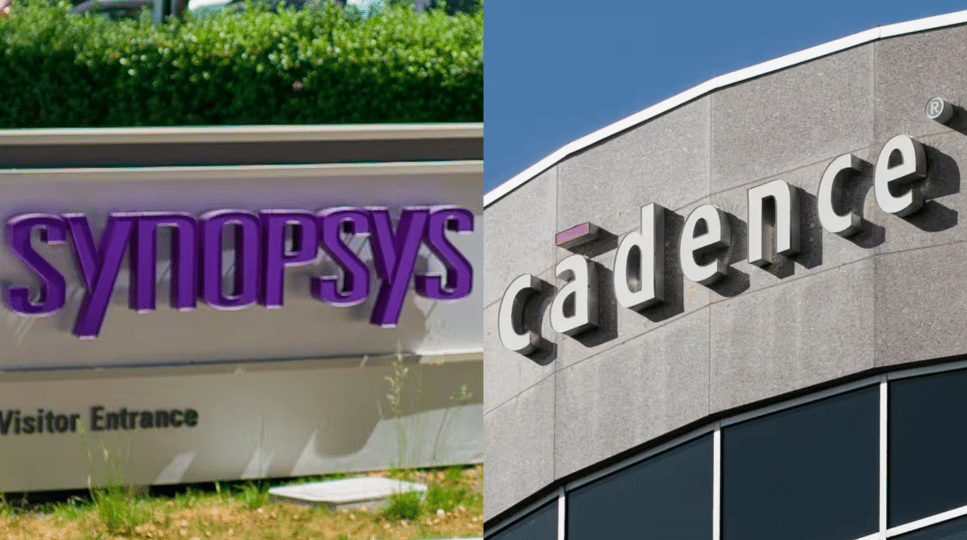Apple Eyes Generative AI to Accelerate Custom Chip Development
Apple Inc. $AAPL, known for its vertically integrated approach to hardware and software, is exploring generative artificial intelligence (AI) to enhance the design process of its proprietary semiconductors. In a private speech delivered in Belgium last month, Johny Srouji, Apple’s Senior Vice President of Hardware Technologies, revealed that the company aims to integrate generative AI into its chip design workflow — a move that could redefine its position in the global semiconductor race.
This development comes as Apple increases its focus on in-house silicon innovation following the transition from Intel $INTC processors to custom-designed Apple Silicon chips. By integrating AI into chip development, Apple is not only looking to shorten production cycles but also improve power efficiency, thermal performance, and scalability across its ecosystem of devices — from iPhones and iPads to MacBooks.
Strategic Implications and Technological Consequences
Generative AI, which involves machine learning models capable of creating complex outputs such as code, images, or chip layouts, holds transformative potential for the semiconductor industry. For Apple, embedding such models into its chip design process could streamline experimentation, reduce prototyping errors, and enable faster innovation in a sector where time-to-market and power optimization are critical differentiators.
This initiative signals a deeper alignment between Apple's AI ambitions and its hardware roadmap, especially as rivals such as NVIDIA $NVDA, AMD $AMD, and Alphabet $GOOGL advance their own AI silicon strategies. Apple's use of generative models may also lower dependency on traditional electronic design automation (EDA) tools, potentially disrupting incumbents in that domain.
From an industry standpoint, Apple’s move aligns with the broader trend of integrating AI in electronic design, evidenced by recent initiatives from Synopsys $SNPS, Cadence $CDNS, and Arm Holdings $ARM. The collaboration with Imec — a key R&D partner to global chipmakers — further underscores Apple’s intent to stay at the technological frontier.

Quick Facts: Apple’s AI-Chip Strategy
Key executive: Johny Srouji, SVP of Hardware Technologies at AAPL
Event: Private address during award ceremony hosted by Imec in Belgium
Goal: Use generative AI to speed up custom chip design
Context: Apple's shift to proprietary Apple Silicon (M-series, A-series chips)
Tech synergy: Cross-functional impact on AI/ML workloads, battery efficiency, and thermal control
Global partners: Imec and other semiconductor research entities
Market Reactions and Industry Perspectives
Although Apple has not yet officially disclosed the commercial applications of its generative AI initiative in silicon design, market analysts view the shift as a potential driver for long-term margin expansion. By enhancing chip design efficiency internally, Apple could lower R&D costs per unit, increase hardware-software synergy, and accelerate the deployment of machine learning features across its product line.
Investors have responded cautiously but optimistically. Following the news, AAPL remained within its trading range near $210, supported by institutional confidence in its innovation pipeline. Analysts at Morgan Stanley and Wedbush noted that Apple’s pivot toward AI-infused hardware signals a multi-year upgrade cycle aligned with broader AI device adoption themes.
Imec's involvement adds credibility. As a leading nanotech and chip R&D institution, its collaborations have historically led to commercial breakthroughs. Its public endorsement of Apple’s AI-chip ambition suggests a shared roadmap that may benefit the entire fabless semiconductor design segment.

Key Takeaways: Strategic Inflection Points
Apple integrates generative AI into its custom chip workflow, aiming to enhance design speed and efficiency.
The initiative was revealed privately by Johny Srouji, adding strategic nuance to Apple’s public AI stance.
Partnership with Imec reinforces Apple’s commitment to cutting-edge semiconductor R&D.
Market reception remains stable, with analysts interpreting the move as supportive of Apple's long-term innovation cycle.
Potential industry disruption looms for EDA tool providers as Apple internalizes AI-based design optimization.
Apple’s Long-Term Bet on AI-Driven Hardware Design
Apple’s interest in leveraging generative AI to transform semiconductor design marks a critical evolution in its innovation model. As device capabilities increasingly depend on custom silicon and edge AI performance, integrating artificial intelligence into the very blueprint of its hardware offers a durable competitive advantage.
The confluence of AI, chip design, and ecosystem control could set the tone for Apple’s next decade of growth. In an environment where speed, efficiency, and vertical integration determine hardware leadership, Apple’s move may catalyze a broader industry shift — from algorithm optimization to architectural intelligence.















Comments